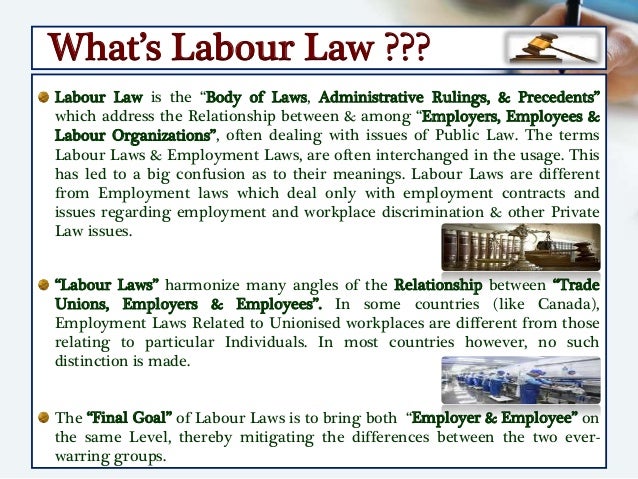Relevance: Mains: G.S paper II: Polity: Governance & Sociology: Industrialization and Urbanisation in India: Informal sector, child labour.

Context:
- That the archaic labour laws in India need to be amended is beyond debate.
- Protection is for only a tiny section of the labour force, facilitated rent-seeking, and have laid the ground for the casualisation of the labour force, the phenomenon of the missing middle in manufacturing, and the substitution of capital for labour in a capital deficient and labour abundant economy.
Rationalising labour laws:
- Rationalising labour laws has been on the policy agenda for decades.
- Yet, labour reform hasn’t taken off because the debate has been framed in terms of empowering the management while curbing the rights of labour, as is evident from industry’s often-demanded concession of the power to fire workers without seeking government permission.
- But now, a number of states have embarked on this politically contentious course again.
- While efforts to reform labour laws should be encouraged, coming at a time of acute economic distress and labour insecurity, in a crisis that has exposed the lack of safety nets and the limited access of workers to healthcare, they must keep the concerns of labour at the centre.
Key initiatives taken:
- Initiatives taken by states such as Madhya Pradesh — which aim to reduce the frequency of inspections, ease the registration and licensing process, and enhance the thresholds of when the regulatory architecture kicks in — are steps in the right direction.
- As is the introduction of fixed-term employment to help companies sidestep the contractor system. But, removing firms’ obligation to comply with provisions of the Industrial Disputes Act constitutes blatant disregard for workers’ rights.
- To be sure, certain parts of the Act which deal with the hiring and firing of workers have rightly been seen as impediments to flexible labour markets.

Degree of protection or redressal mechanism:
- Yet, instead of rationalising or doing away with some chapters, giving firms a free pass over complying with the Act strips workers of any degree of protection or redressal mechanisms.
- It further reduces the bargaining power of labour, their right to negotiate.
- While fixed-term employment is a welcome half-step, states should ensure that these contract workers receive social security benefits similar to permanent workers, as is the case under the Centre’s model law.
- If regulations designed to support labour are suspended, it can effectively remove the distinction between permanent and contractual workers. Such moves could trigger a race to the bottom.
- They also raise questions over the architecture of the labour market of the future.
Conclusion:

- Any shortsighted move now will only end up increasing workers’ vulnerabilities at a time of acute distress, when unemployment is likely to be at all-time highs, and when the national consensus is veering towards providing labourers safety nets.
- Labour reform for long has framed labour as an adversary, now may be the moment to see it through their prism — this is the only way to make enduring progress.

For more such notes, Articles, News & Views Join our Telegram Channel.
Click the link below to see the details about the UPSC –Civils courses offered by Triumph IAS. https://triumphias.com/pages-all-courses.php

